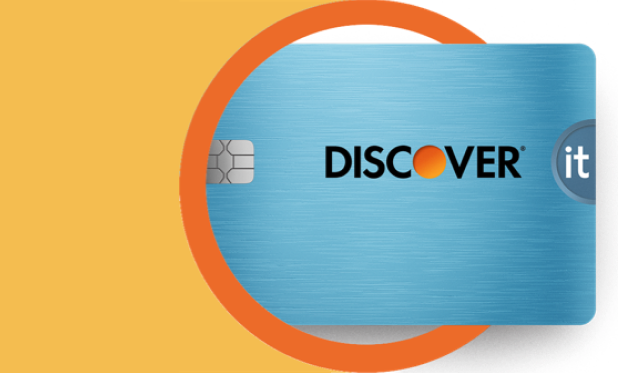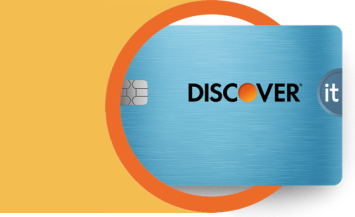As your teenager approaches adulthood, you may be thinking about their first credit card. A credit card can be an excellent tool for learning good credit habits and building a credit history. But how do you choose the best credit card for your teen? We can help you understand your options and make an informed decision.

How to Choose a Credit Card for Teens
8 min read
Last Updated: June 26, 2025
Next steps

See if you're pre-approved

Learn about Discover student credit cards
See rates, rewards and other info
You may also be interested in
Was this article helpful?
Was this article helpful?




